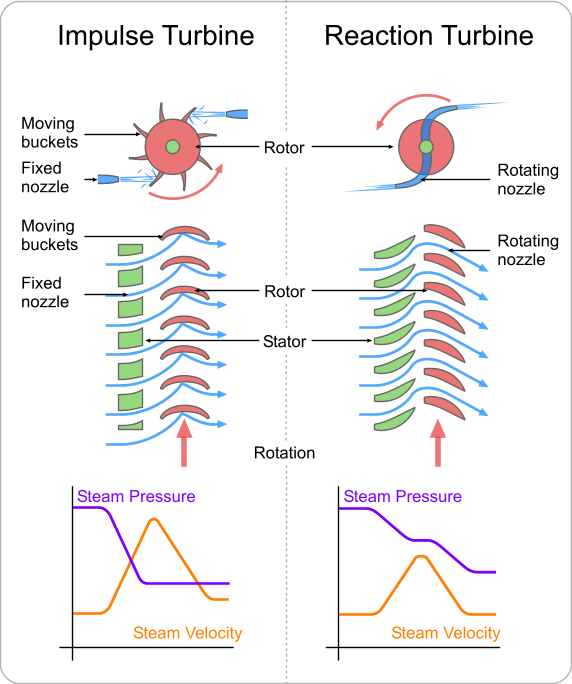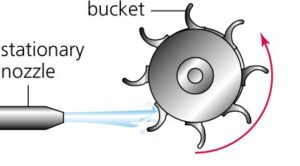Benzene, phenol, cyclohexane, nitrobenzene, and chlorine are listed in the "Inbound and Outbound Commodity Catalogue for Entry-exit Inspection and Quarantine Institutions for Entry and Exit Inspection and Quarantine (2012)" issued by the AQSIQ (hereinafter referred to as the "Catalogue List"). More than 10 kinds of benzene industrial chain products such as benzene are listed in A/B category, that is, import and export are subject to statutory inspections, and then go through immigration formalities. This adjustment weakened the import and export markets of benzene, and the volume of exports has shrunk dramatically for three consecutive months. This has affected the import and export of products and the domestic market throughout the industry chain. Price and price have shrunk simultaneously and have been weak. It is expected that this phenomenon will continue for some time. After domestic enterprises and some small and medium-sized ports have improved their export formalities, exports are expected to gradually recover and usher in a turning point in the export market. As of April 1, exports of benzene, phenol, cyclohexane, nitrobenzene, and chlorobenzene continued to decline, while imports rose sharply. For example, in February, imports of benzene were 60,486 tons, which was 41 times that of exports. Phenol imports were 50 times the export. Most of the products in the benzene industry chain were in a weakening trend in March, with prices falling by 1.7%, 1.3%, 1%, 2.7%, and 5.4% year-on-month, respectively, and the transaction volume also shrank. According to industry sources, after the implementation of the new "Census Catalogue", some benzene series products were exported from domestic small and medium-sized ports. The long processing time has directly affected the export volume, resulting in an increase in domestic inventories, and the market has entered a weak adjustment. As an important organic raw material, benzene products have formed a complete industrial chain, involving many industries, and are also one of the important varieties of chemical products that are in line with international standards. The obstruction of the export market of pure benzene will directly affect the balance of the domestic market and cause a chain reaction to a series of downstream products. It is understood that since the beginning of this year in February, the entire benzene series of products are in a weak adjustment, during which there have been several rebounds, but none have been successful. For example, in March, pure benzene went through a price increase after two weeks of price increase. Nitrobenzene, chlorobenzene, cyclohexane, phenol and other products all had the same experience. Industry insiders said that although the adjustment of the "Census Catalogue" is not the whole reason for the weakness of the overall market, it is certainly a fuse for weaker prices. Because the import and export volume of China's chemical products in recent years has occupied a considerable proportion in the world, in particular, there are still a large number of benzene series products in the country relying on the balance of imports and exports. This time, the weakness of the domestic market for benzene products is mainly reflected in the export aspect. Because some of the previously imported companies' import channels, procedures, etc. are quite complete, so the impact is relatively small, so that the new "Law Inspection Catalog" after the import volume is much larger than the export volume. With the recent turbulent adjustment of domestic benzene products, most of the products in the entire industry chain are in the process of self-digestion. After entering April, the downstream companies are also gradually raising the operating rate, and the inventory of these products will continue to decline. It is expected that the overall supply and demand of the domestic market can reach equilibrium at the end of the month. It is also understood that domestic companies such as benzene, phenol, and cyclohexane are also actively seeking export channels and improving procedures. In particular, once the international arbitrage window of pure benzene is opened, the export volume will inevitably grow steadily after eliminating the problem of the “Census Catalogueâ€. The overall recovery of the industrial chain is expected to begin. It is expected that there will be significant improvement in May. Some professionals involved in the import and export of chemicals believe that the new "Catalogue" adjustment is only a further specification for the import and export of these products. As long as the company's formalities are complete, it can be handled in about a week, and it may have short-term impact on some SMEs. Therefore, enterprises should take the initiative to adapt and familiarize themselves with the relevant formalities as soon as possible. Once the downstream market starts, it is believed that the negative factors after the adjustment of the new "Census Catalogue" will soon be eliminated. In the long run, the export market will not be affected much.
An impulse turbine is a type of Steam Turbine where the rotor derives its rotational force from the impact force, or the direct push of steam on the blades.
The impulse turbine consists of a rotor mounted on a shaft that is free to rotate. Attached to the rotor are a set of curved blades. Nozzles then direct the high pressure and high temperature steam towards the blades of the turbines. The blades catch the impact force of the rapidly moving steam and rotate from this force.
The steam at high pressure enters through a stationary nozzle of a steam turbine, as a result the pressure of the steam is decrease and an increase in steam velocity. As a result of increased steam velocity steam pass through the nozzle in the form of a high-speed jet. This high-velocity steam hit the properly shaped turbine blade, as a result, the steam flow direction is changed. The effect of this change in direction of the steam flow will produce an impulse force. This force cause the blade move, thereby the rotor will start to rotate.
The force applied to the blade is developed by causing the steam to change the direction of flow (Newton`s 2nd Law – change of momentum). The change of momentum produces the impulse force.
In the impulse turbine pressure drops and the velocity increases as the steam passes through the nozzles. When the steam passes through the moving blades the velocity drops but the pressure remains the same.
The fact that the pressure does not drop across the moving blades is the distinguishing feature of the impulse turbine. The pressure at the inlet of the moving blades is same as the pressure at the outlet of moving blades.
Impulse Steam Turbine Shandong Qingneng Power Co., Ltd. , http://www.qnpturbines.com

The Impulse Principle
Impulse Turbine Working:
